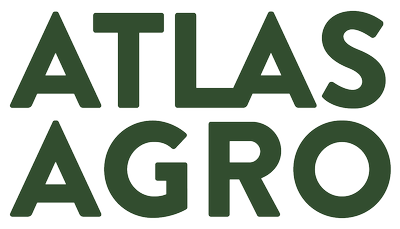Nitrate
Better for strong and healthy crops,
better for the planet
Nitrate is the best nitrogen fertilizer.
Fertilizer increases yields and allows the same amount of food to be produced on a smaller surface.
Sequester carbon
The crops grown on farms using nitrogen fertilizer sequester 10-15 times the carbon equivalents emitted from application losses – meaning the application of zero-carbon nitrogen fertilizer is carbon negative.
Protect biodiversity
Further, with higher crop yields on the same amount of land, producers can limit new land conversion for farmland which preserves forests, biodiversity, and natural wetlands with positive effects for the climate, wildlife, and the environment.

